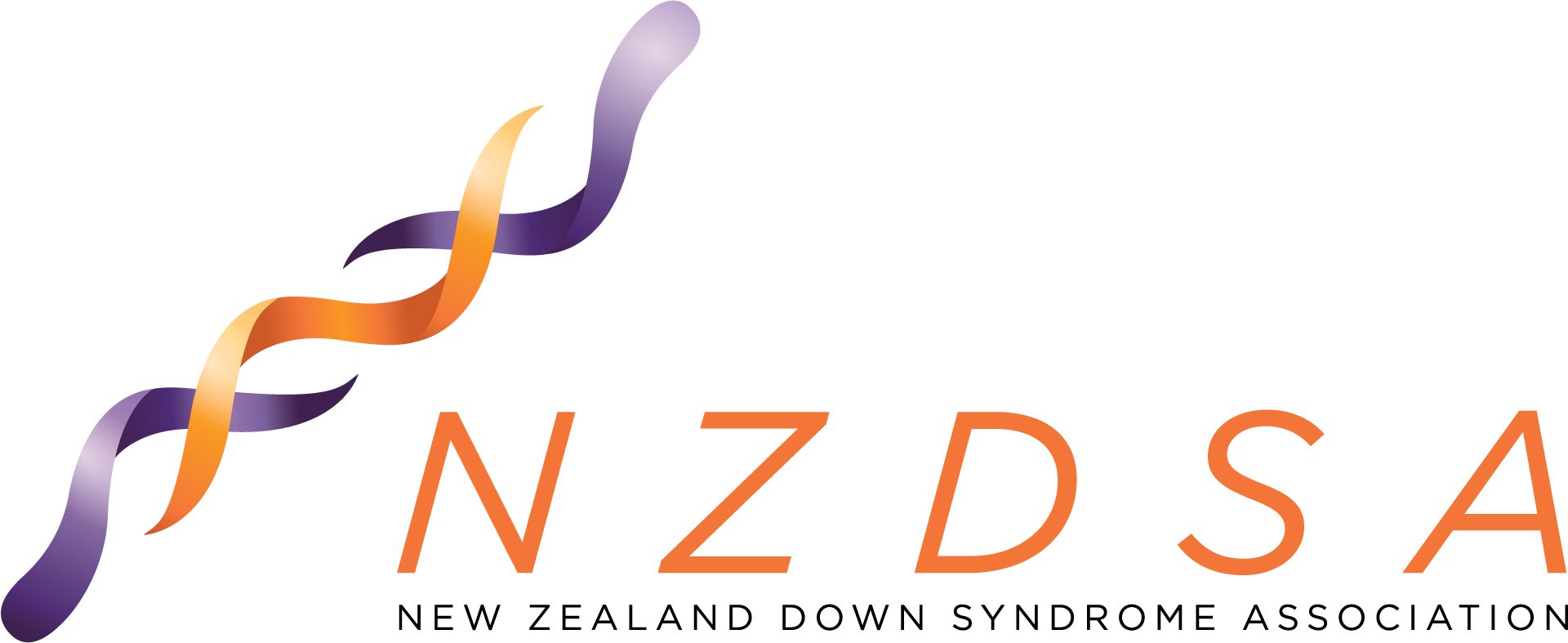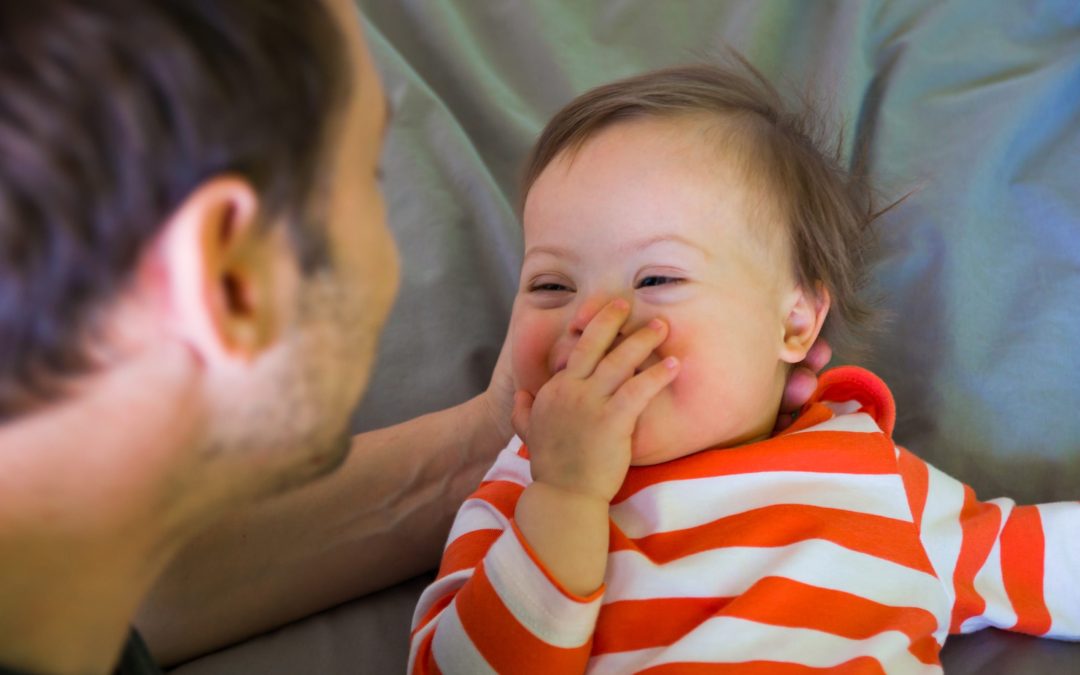Thanks to routine testing, parents are often well aware of whether their child has a high chance of Down syndrome. New Zealand Herald reporter Emily Winstanley looked at how three families handled the news.
Auckland parents Kirsten McDonald and Philip Venables found out their unborn baby could have Down syndrome after the 12-week screening offered to all expectant mothers in New Zealand. They decided to find out for sure with an amniocentesis test.
McDonald says the doctor who delivered the news asked her to look at the piece of paper with her name and the result, confirming their child had Down syndrome. “Then [her] next words were, ‘You’re going to have a beautiful baby boy.’ That still stays with me, those words from her. She just reminded us that first and foremost, we were going to have a beautiful baby boy, rather than saying, ‘Oh I’m really sorry’ or even words like ‘but’.”
Thirteen weeks later, baby Joshua was born.
At 39, McDonald knew her age would increase her baby’s chance of chromosomal abnormalities like Down syndrome, but when she had the 12-week test, the chance showed at one in 80. They’d decided to delay the amniocentesis until she was 25 weeks, because for them, it wasn’t a question of whether to continue with the pregnancy, but of wanting to prepare themselves.
“Every time we had a scan we were told the risk had increased. We just needed to know so I could enjoy my pregnancy, rather than spend the next 15 weeks being stressed.”
The test was conclusive, so they met with families of children with Down syndrome, and did plenty of research.
“By the time I had Joshua we were just so ready to meet him and not have this abstract diagnosis of Down syndrome. We just wanted to meet our boy. There was no shock or worry or trauma. It does have an impact on him and I wouldn’t change him for the world. If we could take away the Down syndrome, no way, that’s what makes Joshua who he is.”
But like many parents of children with Down syndrome, McDonald is concerned about the way the diagnosis is presented to families.
“I don’t have anything to say against testing because it prepared me for the birth of my child. I guess what I have an issue with is what information people are given when they are encouraged to have a test and when they get the diagnosis. Most of it is about everything that could be ‘wrong’ with our children. Imagine if we did that with every diagnosis. I think everyone has a right to have a test and a right to make their own decision, but it’s about information.”
And that’s certainly the view of the Down Syndrome Association. National executive officer Zandra Vaccarino wants families facing a diagnosis to be put in touch with people with Down syndrome and their families. “There’s a lot of information given from a medical perspective, like what screening is, and the options around termination. But they do not get information from the social perspective. So if someone’s never met someone with Down syndrome, and read a book 20 years ago, that will be the knowledge they hold. Every year, quality of life for people with Down syndrome changes as they’re included more in the community, and that information isn’t always shared. People with Down syndrome are moving the goalposts all the time.”
Vaccarino also wants better training for the medical professionals. She says what she’s hearing from people in the community, is some families feel they’ve been pressured to terminate as a result of a Down syndrome diagnosis.
Peter Stone is Professor of Maternal and Fetal Medicine at the University of Auckland, and a representative on the National Screening Unit Advisory Group, which oversees antenatal testing. He disagrees with the idea that there is pressure or coercion of women to make a particular choice. “The screening is based around reproductive choice. The majority of women, whatever they decide, want to know what is going on in their pregnancy.”
Twelve-week testing, also called “first trimester combined screening”, takes into account an ultrasound scan, a blood test, and other factors like a mother’s weight and whether she smokes. It gives a specific chance of the baby having Down syndrome or one of a handful of rarer chromosomal abnormalities. If the test shows an increased chance of Down syndrome, one in 300 or less, parents are offered further diagnostic testing — the amniocentesis, or less often chorionic villus sampling.
It’s hard to work out exactly how many women choose to terminate once a diagnosis of Down syndrome is given. Stone says in New Zealand, about two-thirds of women who are given a high chance of Down syndrome and other chromosomal disorders will have diagnostic tests done. In 2015, that was 655 women.
Of those who have a diagnosis confirmed, he says about two-thirds again will choose not to continue with the pregnancy. The Abortion Supervisory Committee doesn’t keep information on the specific reason for an abortion, so it’s impossible to know the exact number. Stone says the termination rate in New Zealand is much lower than in other Western countries — for example, Denmark. “I think this suggests there’s no evidence of pressure or coercion to have a termination.”
Iceland and Denmark are often highlighted as extreme cases, where nearly 100 per cent of pregnancies involving a Down syndrome diagnosis are terminated. In England and Wales it’s roughly 90 per cent. In the United States, the rate is similar to New Zealand’s.
One parent who chose not to continue their pregnancy after the diagnosis is Jess (not her real name).
After trying to conceive for two years, then a miscarriage, she and her partner were thrilled to become pregnant again. Then came the news they faced a one-in-five chance of the baby having Down syndrome, which was confirmed with diagnostic testing.
Jess was in her 40s when they conceived, and, as a medical specialist, was well aware of the higher risk that posed. Before testing, she was sure in the case of Down syndrome, her decision would be to terminate. But in reality, she says making the decision was probably the worst thing she and her partner have ever been through.
“It took us weeks to decide, and I wondered if it might break us up at one point. We went to counselling with the social workers at the hospital, we had a couple of sessions with them really going through what are our hopes and fears and our real core beliefs. I think we came to a place of support for each other. In the end, I felt termination was the only way forward.”
She didn’t feel any pressure to terminate, “I almost felt pressure the other way, but I think that’s just personal circumstance.”
In the end, Jess opted to be induced at 17 weeks. “I felt like I wanted to meet my son, I wanted to be able to bury him and mourn him, so I went through the induction and that was pretty horrible.” She’s since had another child, who she calls her ‘rainbow baby’.
Two years on, Jess knows it was the right choice for her family. “It’s something that comes back to me often, but I’ve made peace with the fact it was the right decision.”
World Down Syndrome Day saw many people celebrating what those with the syndrome can contribute to their community. For others, it was a chance to advocate against antenatal testing, with some saying the syndrome is being tested out of existence. But doctors point out that can’t happen altogether, because many mothers choose not to screen at all. In New Zealand, 20 per cent of pregnancies aren’t screened, by circumstance or by choice. And then, even when the chance is calculated to be extremely low, it’s still a chance nonetheless.
Charlotte Ammundsen was 24 when she became pregnant, and her combined testing showed a chance of just one in 12,000. Then, when her now 1-year-old daughter Hayley was born, she immediately thought something wasn’t quite right.
“In all honesty I didn’t immediately think Down syndrome, but I felt like something was a bit off. The midwife was looking at me and she said I see you’ve picked up on something. We think there are certainly signs of Down syndrome.” That diagnosis was quickly confirmed.
Ammundsen’s in two minds about whether it would have been easier to have known ahead of time. “It would have been so wonderful to properly enjoy the first week, because she was in NICU for three days, and everything combined was overwhelming. Also, the community is amazing, so to be part of that earlier would have been awesome. On the other hand, I’m glad I didn’t have that conversation with doctors about all the bad stuff. It’s not that scary, she’s the best thing that’s happened to me.”
Copyright Canvas/New Zealand Herald

